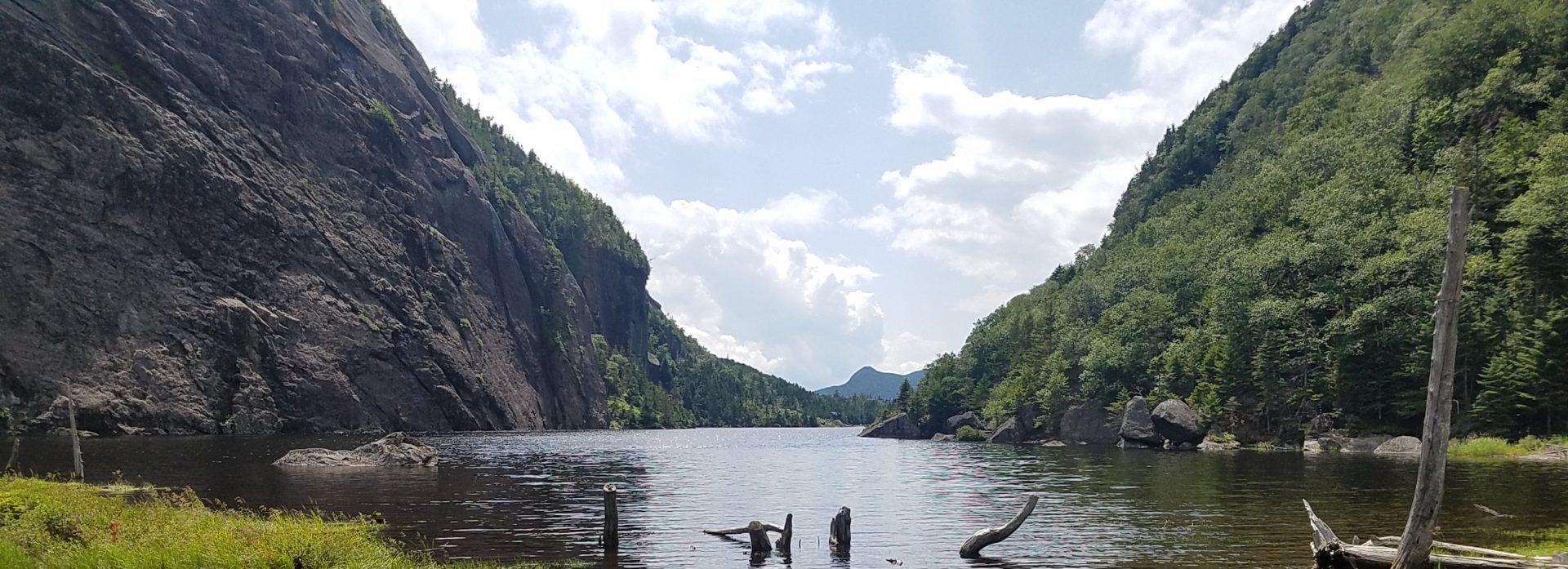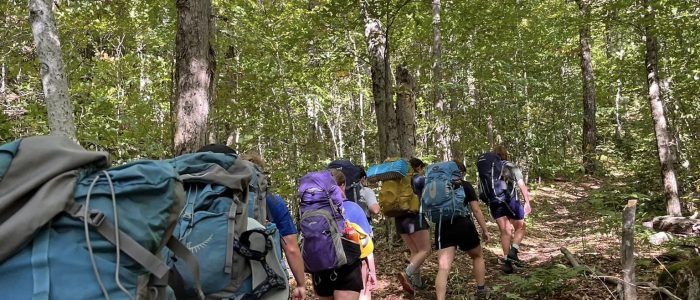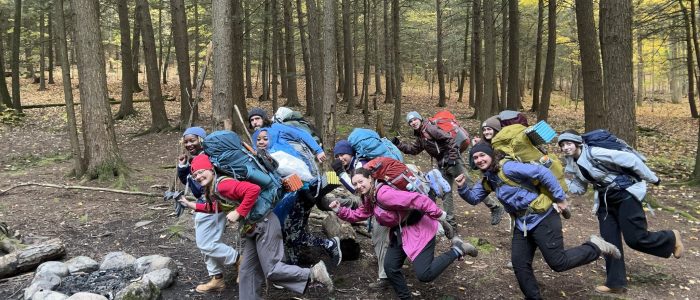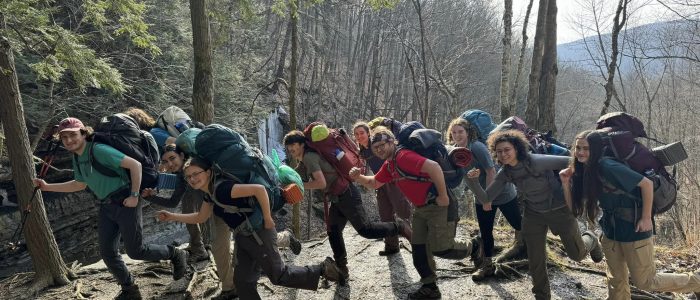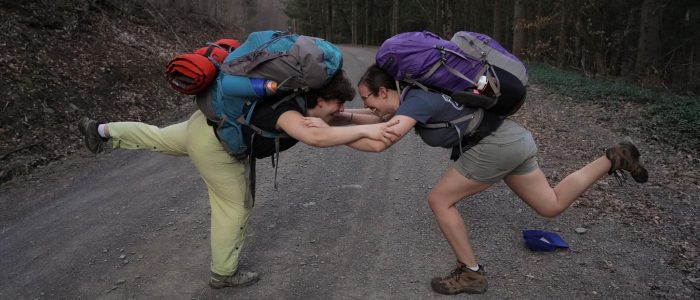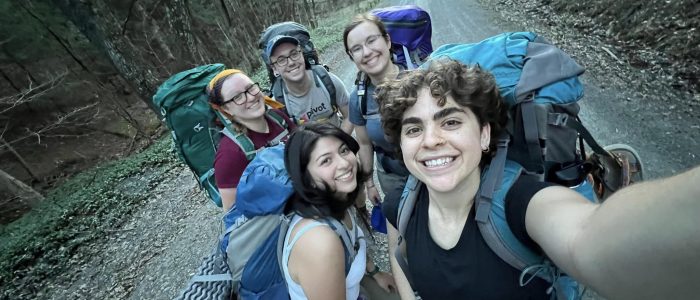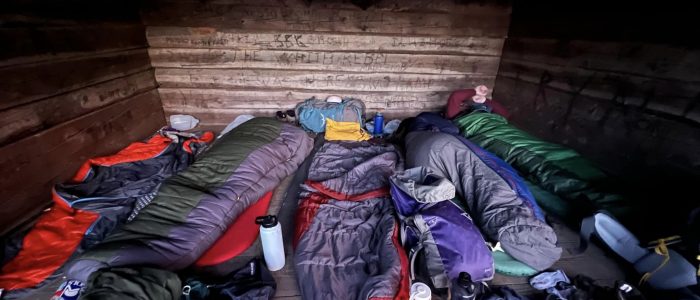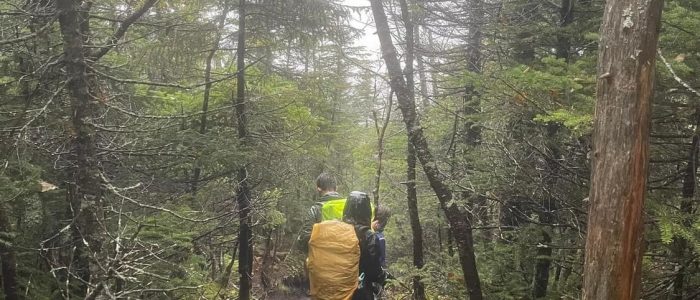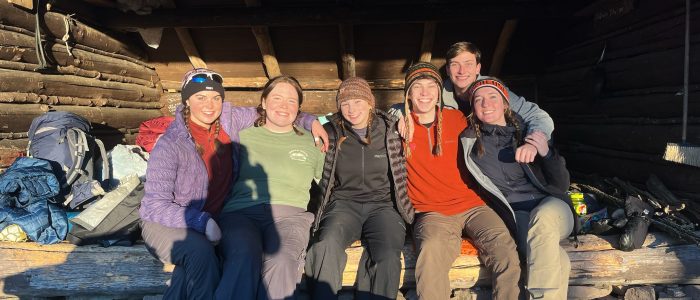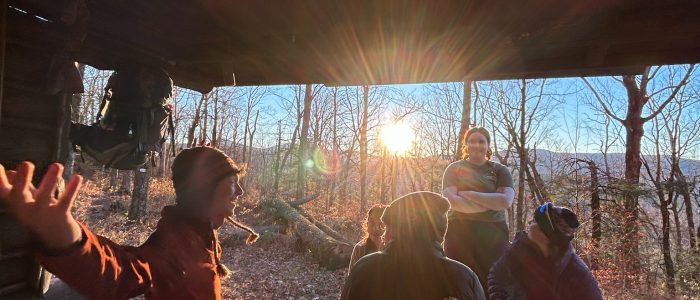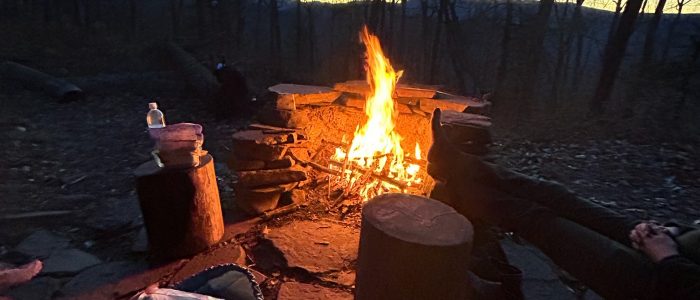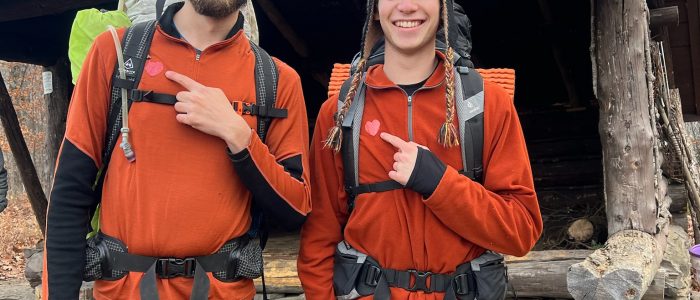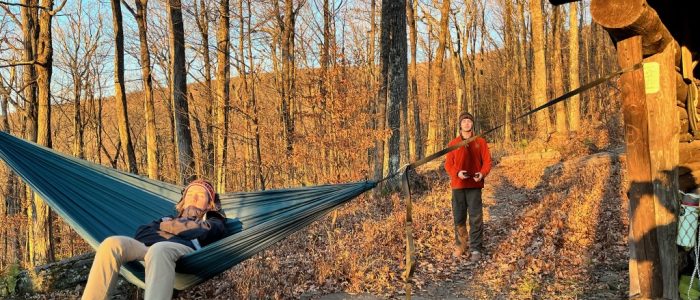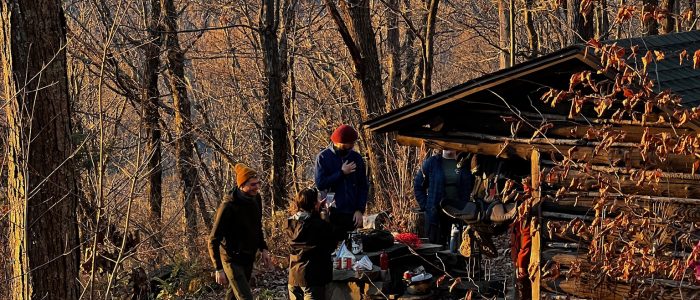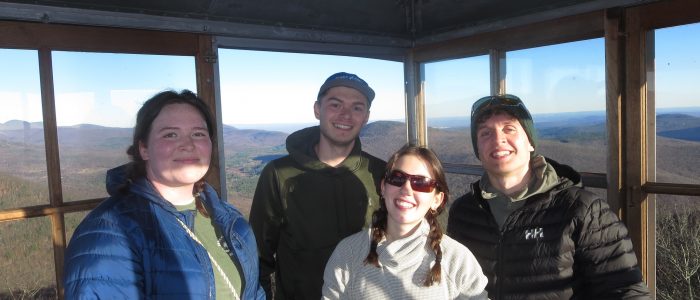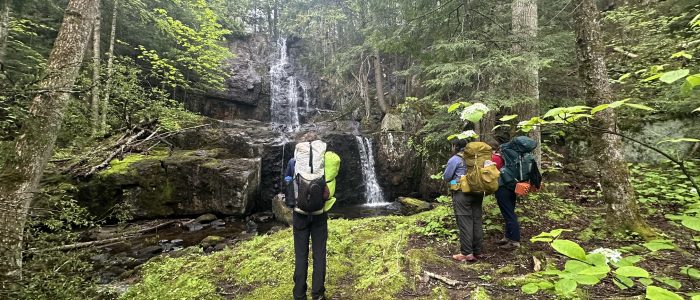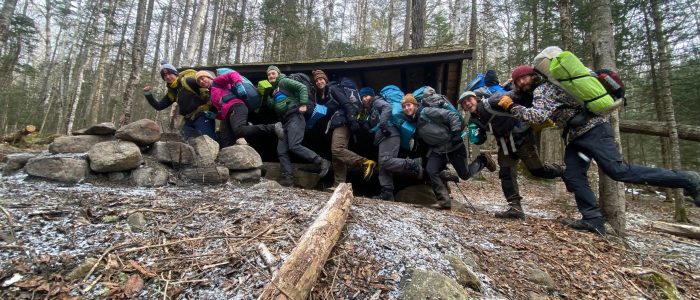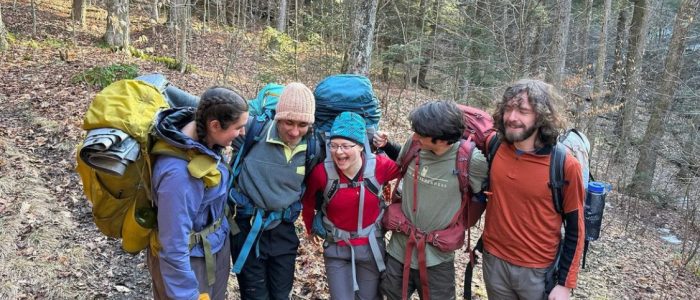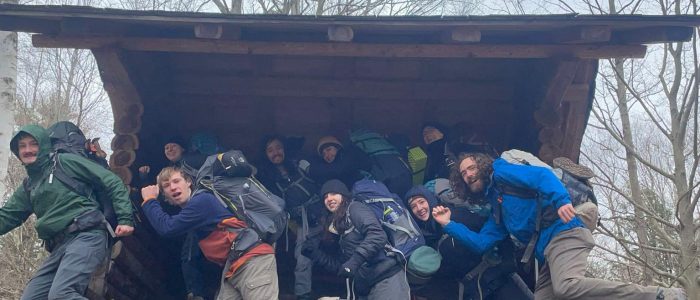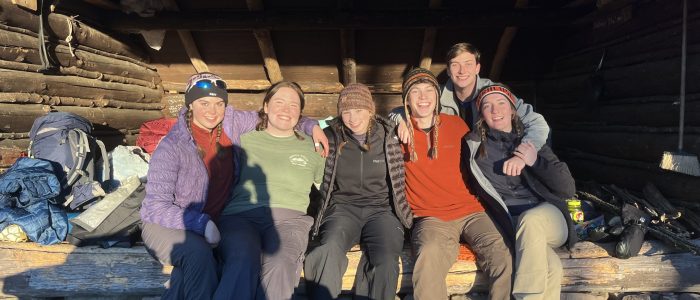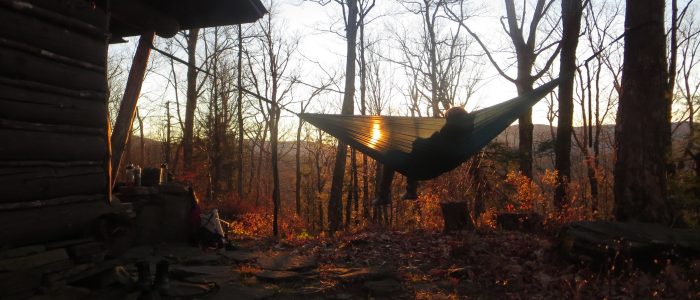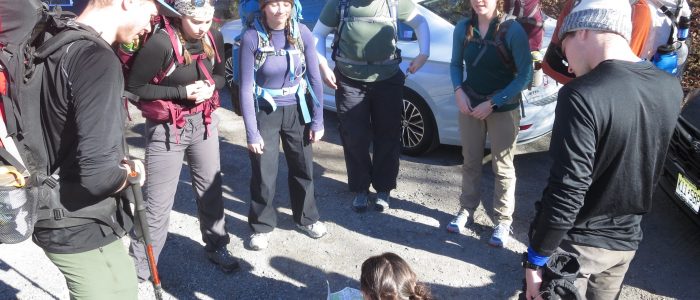Home / Activities/Backpacking
Backpacking
See the list of current leaders, here.
See backpacking leadership requirements here
Backpacking is all about spending time living outside and seeing pretty nature! Usually you hike in to your campsite with a big backpack carrying all your gear (food, sleeping bag, layers, and much more) and spend some days out there. In SUOC we usually hike in to a lean-to or campsite and spend one night where we make a campfire, eat dinner, and hang out!
Meet our backpacking chair Leah Rosow!
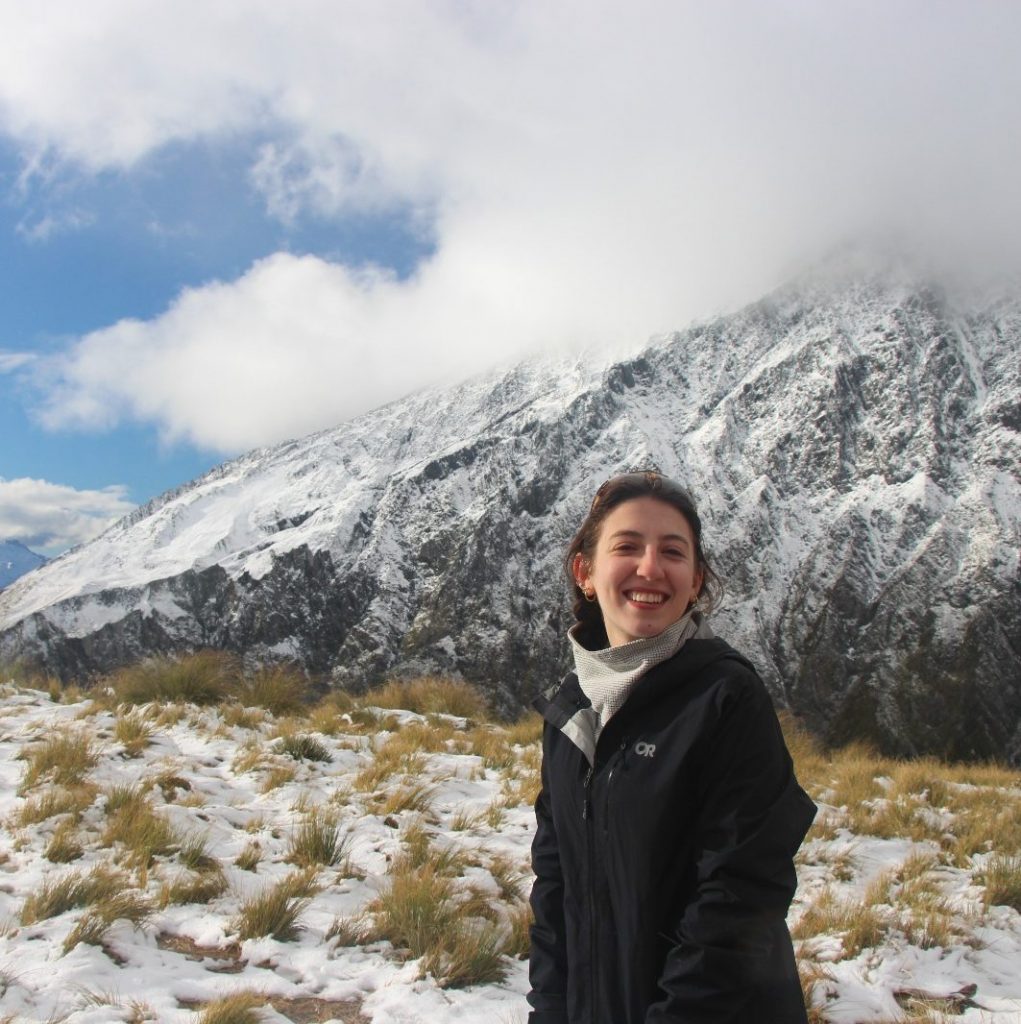
Leah Rosow (she/her)
contact info:
(315)-559-3499
Bio:
I’m Leah and I am the backpacking chair! I originally got into backpacking when I was 14 on a trip in Maine and I loved it right away! I still love it. Come hang
Favorite memory from suoc trip:
On my ghostlead last year to Mount Tremper we got up super early to watch the sunrise from the top of a fire tower. Very beautiful views and awesome vibes!
